Morrisons is tiptoeing into the 21st century. The retailer with the famously rudimentary supply chain has announced a plan to shed its supplier-unfriendly image by combining the best of Safeway's and Morrisons' supply chain operations. "We've already started enhancing the existing supply chain with the best parts of the Safeway system approach and we'll continue to pull the best of the Safeway and Morrisons supply chains together," senior trading director Martyn Jones said at the recent IGD supply chain summit.
It is something of a u-turn for the retailer, which closed down one of the most sophisticated supply chains in the industry when it opted to convert Safeway's automated supply systems to Morrisons' more simplistic methods while it converted Safeway stores after the buyout.
In a rare explanation of how its supply chain works, Jones defended the move. "In the summer of 2004 we found we had two supply chains - one highly complicated, the other overly straightforward. Having declared our interest in a Bradford base we risked losing the expertise at Safeway. The Safeway brand and loyalty were also down and sales were in decline. We therefore had to get stores trading as Morrisons quickly, and we had no time to pick over the best of both methods.
"We had to convert. It wasn't designed for the scale of the new business and it wasn't as efficient, but it was reliable, agile and easy to adopt and it helped accelerate the store conversions."
Now that the Safeway stores have been converted and, as Jones says, they are back "doing the day job", there is time to look again at what parts of Safeway's operations might be useful.
One of the biggest criticisms levelled at Morrisons is its treatment of data. Many suppliers find that while they can easily send data to and from the other multiples, this isn't possible with Morrisons. The Morrisons Supplier Database will address that, says Jones. Already 100 suppliers are signed up and Jones hopes that by January most if not all Morrisons' remaining suppliers will be on board. The system, based on Safeway's Supplier Information Service, gives access to stock and sales information, provides a joint promotions forecasting tool and acts as an interactive workspace between supplier and retailer.
Supplier score cards are also being introduced and supplier order cycles will be improved. This will be done via the introduction of an electronic data exchange platform to automate the ordering process, something else Morrisons has been slow to take up.
Hand-held terminals are also being used in stores to aid the stock-counting process and to monitor wastage levels. Analysts say this is particularly lacking at most of the major multiples. "Even our most sophisticated retailers have a real challenge maintaining inventories in-store. There is a particular opportunity here to better understand what's on shelf, what's at the back of the store and to automate the logging of products as they come in," says Lawrence Hutter, managing partner of consumer industries at Deloitte.
It sounds as if Morrisons is eager to become part of the automated era. But Hutter warns against going too far. "Being as highly automated as possible is not always the best way," he says.
Jones agrees. "We'll still use order pads for store ordering. There's no set up lead time, you just assign a code, start ordering and the stores are able to retain their sense of ownership. We will continue to be people-focused in order to retain flexibility and responsiveness." n
It is something of a u-turn for the retailer, which closed down one of the most sophisticated supply chains in the industry when it opted to convert Safeway's automated supply systems to Morrisons' more simplistic methods while it converted Safeway stores after the buyout.
In a rare explanation of how its supply chain works, Jones defended the move. "In the summer of 2004 we found we had two supply chains - one highly complicated, the other overly straightforward. Having declared our interest in a Bradford base we risked losing the expertise at Safeway. The Safeway brand and loyalty were also down and sales were in decline. We therefore had to get stores trading as Morrisons quickly, and we had no time to pick over the best of both methods.
"We had to convert. It wasn't designed for the scale of the new business and it wasn't as efficient, but it was reliable, agile and easy to adopt and it helped accelerate the store conversions."
Now that the Safeway stores have been converted and, as Jones says, they are back "doing the day job", there is time to look again at what parts of Safeway's operations might be useful.
One of the biggest criticisms levelled at Morrisons is its treatment of data. Many suppliers find that while they can easily send data to and from the other multiples, this isn't possible with Morrisons. The Morrisons Supplier Database will address that, says Jones. Already 100 suppliers are signed up and Jones hopes that by January most if not all Morrisons' remaining suppliers will be on board. The system, based on Safeway's Supplier Information Service, gives access to stock and sales information, provides a joint promotions forecasting tool and acts as an interactive workspace between supplier and retailer.
Supplier score cards are also being introduced and supplier order cycles will be improved. This will be done via the introduction of an electronic data exchange platform to automate the ordering process, something else Morrisons has been slow to take up.
Hand-held terminals are also being used in stores to aid the stock-counting process and to monitor wastage levels. Analysts say this is particularly lacking at most of the major multiples. "Even our most sophisticated retailers have a real challenge maintaining inventories in-store. There is a particular opportunity here to better understand what's on shelf, what's at the back of the store and to automate the logging of products as they come in," says Lawrence Hutter, managing partner of consumer industries at Deloitte.
It sounds as if Morrisons is eager to become part of the automated era. But Hutter warns against going too far. "Being as highly automated as possible is not always the best way," he says.
Jones agrees. "We'll still use order pads for store ordering. There's no set up lead time, you just assign a code, start ordering and the stores are able to retain their sense of ownership. We will continue to be people-focused in order to retain flexibility and responsiveness." n










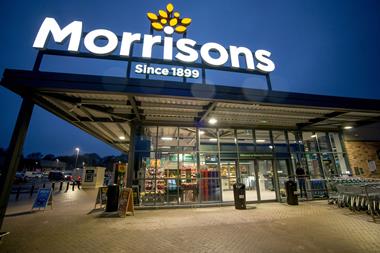
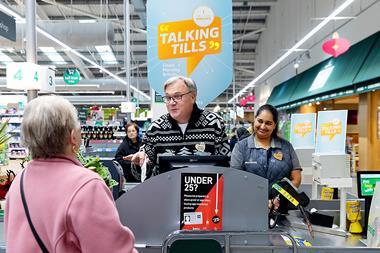
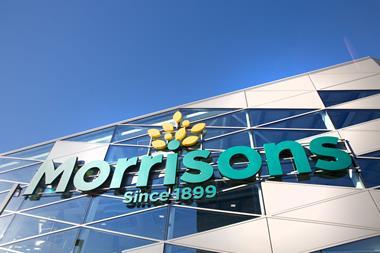

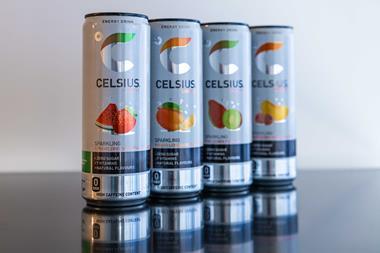

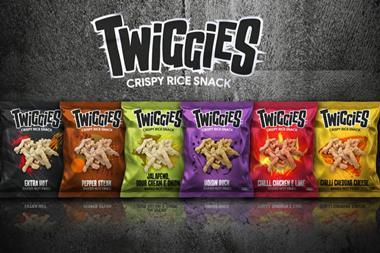


No comments yet